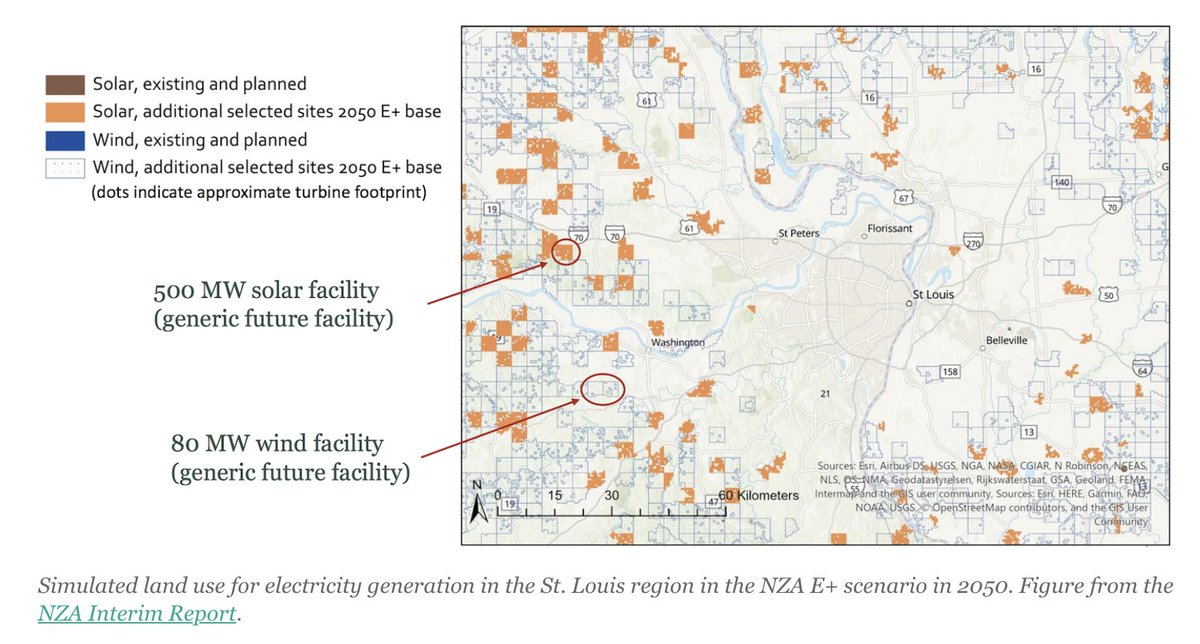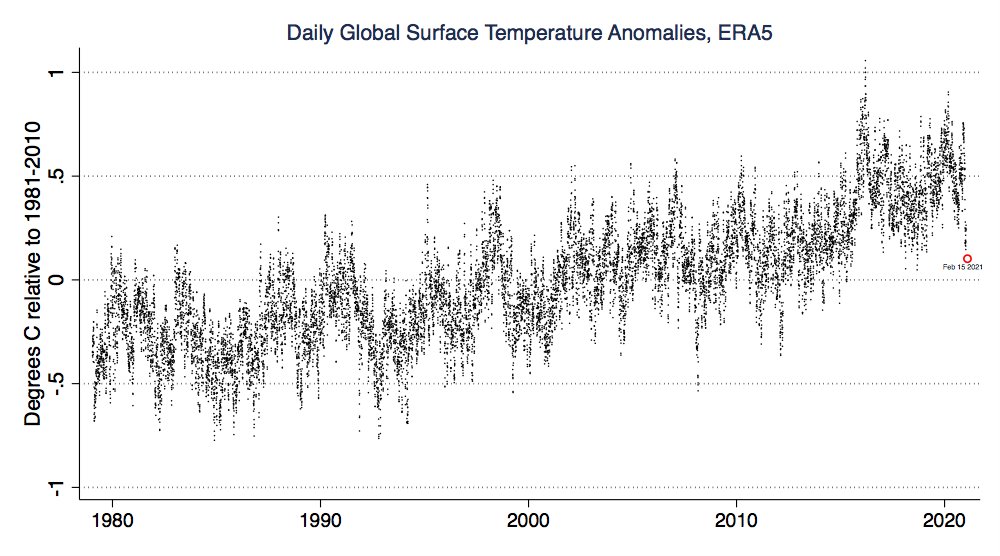
In recent months three different deep decarbonization scenarios have been produced from high-resolution grid integration models. In a new analysis at @TheBTI, my colleague @erikolsonn and I look at lessons they provide about what is needed: thebreakthrough.org/issues/energy/…
A thread: 1/19
A thread: 1/19

The three models we examine are Princeton's Net Zero America (NZA) project (by @JesseJenkins et al), the @VibrantCE Zero By Fifty scenario, and results by a team of researchers led by Jim Williams at USF. 2/
All three take a deep-dive into how US could reach net-zero emissions by 2050, down to level of where each new generating facility might be located, where transmission lines would be built, and how electricity sources can meet hourly demand in different regions of the country 3/ 

Each study contains multiple scenarios looking at sensitivity to future technology prices, land use constraints, and other factors. For simplicity, we focus on their marker scenarios: E+ for NZA, the default Zero By Fifty scenario from Vibrant, and central from Williams et al 4/
Both NZA and Williams et al. use a combination of the EnergyPATHWAYS (EP) and RIO models to generate their scenarios (and thus have a lot of similarity in their results), while Vibrant uses their WIS:dom model. 5/
In our comparisons we focus on electricity generation, as it is a big part of the solution given widespread future electrification, but these models also tackle industrial heat, transport, agriculture, and other important sectors of the economy. 6/
When we compare generation over time, a few things stand out. First, overall electricity demand increases dramatically across all the models by 2050, by 2x in @VibrantCE, 2.5x for NZA, and 3x in Williams et al. 7/ 

Second, future gen looks quite different between the Vibrant WIS:dom model and the EP/RIO-based results from NZA and Williams et al. While variable renewables — wind and solar — supply the majority of generation in all three, Vibrant’s model sees a big expansion of nuclear. 8/
Third, while NZA and Williams et al. have some remaining gas generation in 2050 (some with CCS, some blended with H2 and offset by direct air capture), Vibrant has only a small amount of gas with CCS. 9/
In all three models variable renewables provide the bulk of future generation, ranging from 51% and 91% of total electricity generation by 2050 across the three models. However, in all three cases a sizable amount of clean firm generation (and much more firm capacity) remains 10/ 

The models largely move away from fossil fuels, and all agree that the priority should be replacing coal well before gas. Coal drops off a cliff, reaching zero by 2030 or 2035. Gas, by contrast, stays flat through 2030 or so before gradually declining. 11/ 

While gas generation declines gradually in all three models, the same is not true of gas capacity. Somewhat surprisingly, both NZA and Williams et al. actually have natural gas capacity at or above current levels through 2050, though capacity factors decline over time: 12/ 

So whats going on here? The US currently has a ton of natural gas capacity. Gas is in many ways a good compliment to renewables; its low capital costs and high operating costs make it well-suited to sitting idle and filling in the gaps when renewable generation is low. 13/
It also gets quite expensive in the models to try and fully replace gas with existing technologies – renewables, storage, and expanded transmission – at least in the near-term. 14/
Current tech can get us a long way toward power sector decarbonization, but if we ever want to fully decarbonize - and move away from our reliance on natural gas - we need things like grid-scale storage, advanced nuclear, gas with CCS, or hydrogen that are not mature today. 15/
We need to both accelerate deployment of current cost-effective clean energy resources and invest considerably more in future tech. As NZA report argues, “2020s is the decade to invest in maturing and improving a range of technologies that improve options for the long term.” 16/
Statements that “we have the technology we need and just need to build it” get it half right — we do need to build clean energy much more quickly than we are today. But we will need continued innovation in addition to this multi-decade buildout of clean energy. 17/
The future electricity mix is difficult to foresee perfectly, and history is a graveyard of failed energy model predictions. All models are wrong, as the saying goes, but some are useful. These deep decarbonization models give us a sense of what may be needed. 18/
We should take heed of where models agree: on importance of near-term renewables deployment, medium-term role of gas capacity to fill gaps, and role of clean firm generation and complementary tech to wean the power system off its dependence on natural gas in the longer term. 19/
(Also check out the cool interactive graphs in the article!) thebreakthrough.org/issues/energy/…
I should also mention that I start the article by criticizing @GlobalEcoGuy's statement that "any solution that doesn’t show up in the next 10–20 years is essentially no solution at all", I should point out that his views are more nuanced than that.
https://twitter.com/GlobalEcoGuy/status/1362491308145856513
• • •
Missing some Tweet in this thread? You can try to
force a refresh






